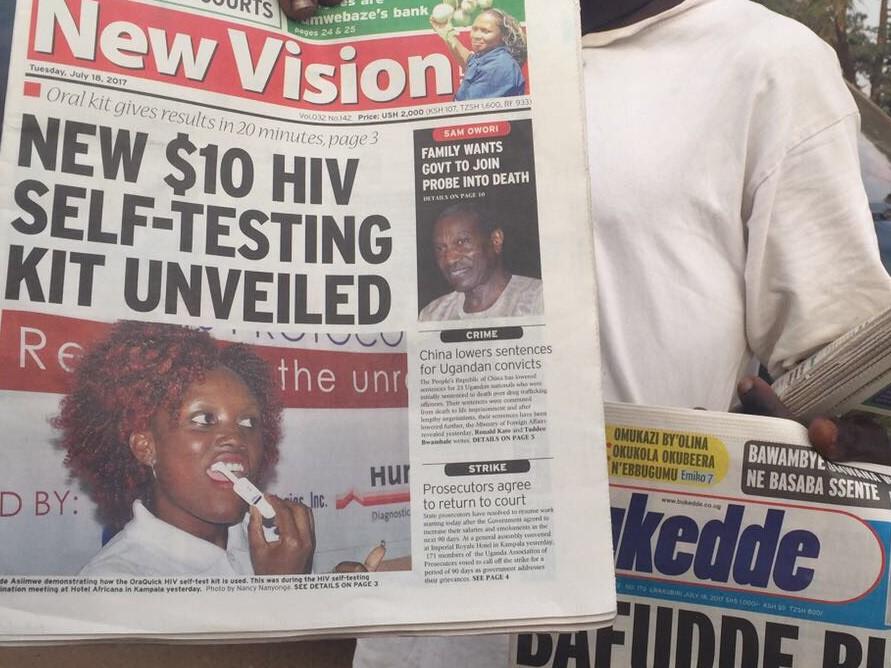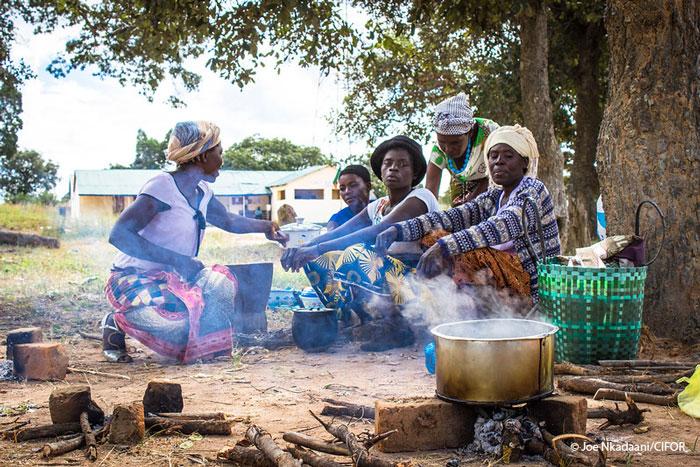What is desirable vs. what is feasible: Producing evidence on peacebuilding programming
In a world where too many people's lives are affected by violent conflict, it is clear that working to build peace is the right thing to do. It is also often clear, at an academic level, what explains broad patterns of conflict. However, in between that academic world and the policy world, there is a knowledge gap in terms of rigorous evidence about the effects of specific peacebuilding programming, and of programs that aim to improve the prospects of peace. To put it another way, there is a gap between knowing what is desirable and what is feasible.
It is not hard to see why this gap exists. Peacebuilding practitioners are often skeptical that impact evaluations can be successfully and ethically conducted in the volatile contexts where they work. Standard development indicators are not appropriate to measure peace outcomes. And peacebuilding programming is often designed and implemented by numerous different partner organizations, making impact evaluations challenging to coordinate.
But solutions exist to overcome each of those hurdles, and the potential payoffs to improved evidence in the field are large. Several of us are involved in one such effort: the Peacebuilding Fund Impact Evaluation, Learning and Dissemination (PeaceFIELD) initiative, which is a collaboration between the UN Peacebuilding Fund, the International Security and Development Center, and 3ie. Here is how we are approaching our efforts to build new rigorous evidence about peacebuilding.
Context-appropriate implementation
Fragile and conflict-affected contexts present significant challenges for evaluators in many ways: identifying and accessing affected populations, collecting data in unsafe environments, understanding power dynamics, and confronting fear and suspicion. An impact evaluation team must apply humanitarian principles, adopt a do-no-harm approach, promote sound ethical practices, and respect conflict-sensitive programming. The rapid timelines of humanitarian and emergency contexts are particularly difficult for impact evaluations, which usually require a lot of time to plan and coordinate. One strategy the World Food Programme is testing to overcome this challenge is to outline and seek approvals for ready-to-go impact evaluation plans long before an emergency begins, allowing rollout to start immediately.
Measuring peace
Measuring the impact of peacebuilding is different than measuring the impact of other types of programs. Peace is multifaceted, and it is culturally shaped and perceived. What does trust in an institution look like? What is social cohesion and how does the best way to measure it vary across groups and contexts? There is a conceptual difficulty, but one that can be overcome with carefully-constructed and locally-vetted survey questions and measurements of altered behaviors. It is particularly important here to focus on the intermediate outcome level because the ultimate end outcome – peace or political violence – is usually affected by too many different factors to be a useful impact evaluation outcome measure.
Getting the institutional setup right
Although joint programs involving different agencies may be particularly important for building resilience and peace, they offer significant challenges related to the definition, design, and delivery of impact evaluations. Evaluation teams need to engage before the beginning of a project to make sure everyone has an understanding of the impact evaluation.
The question of institutional culture is key here. A lot of peace and reconciliation programming is done because people think it should be done – it is a ‘moral imperative’ -, not primarily because they expect it to be effective. That is understandable, but it creates some organizational, structural and cultural obstacles for thinking about evidence in these settings. When it comes to more traditional development interventions, everyone is now primed to think about effectiveness, getting the most bang for the buck. We would like to bring more of that attitude to the peacebuilding field.
Capacity building on the ground is essential. Impact evaluations need to leverage the expertise and the deep contextual knowledge of those who are working every day in these localities. Projects come and go, but many of the staff will be working on peacebuilding-related projects in the same areas for years. This culture of evidence will take time to grow beyond the two-year, three-year project timelines we are familiar with.
Moving forward
There is a process of knowledge accumulation through which a field can mature, as has happened with fields like education, or health care, or cash transfers, where there are best practices in terms of policies and programs. We are not discussing whether we should be sending boys and girls to primary school, that is clear. We lack those kinds of simple guidelines in the field of peacebuilding, and for all types of programming that aim more broadly to improve the prospects of peace. There is good news: We have strong theories about how we could build peace, and we as researchers have improved our methods, so today we can test our theories by measuring impact. The tools are there.
We believe the goal should be to close the desirability-feasibility gap. First, we need to raise awareness that it exists. For this we need a solid evidence base in peace and security. 3ie’s peacebuilding gap map shows that while evidence exists in certain areas, the gaps are still enormous. We want to be able to show, rigorously and quantitatively, that there is value for money in peacebuilding interventions. In the long run, we should aim for a more evidence-based foreign policy and multilateral interventions, which might be able to propel us to new levels of global peace.













Add new comment